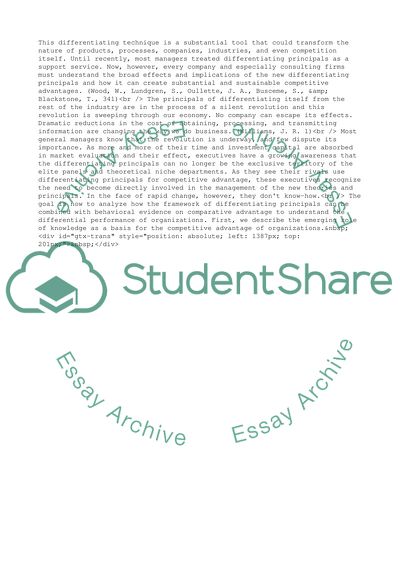Cite this document
(Management Consulting and Competitive Advantage Term Paper - 1, n.d.)
Management Consulting and Competitive Advantage Term Paper - 1. Retrieved from https://studentshare.org/management/1537247-manaement-consulting
Management Consulting and Competitive Advantage Term Paper - 1. Retrieved from https://studentshare.org/management/1537247-manaement-consulting
(Management Consulting and Competitive Advantage Term Paper - 1)
Management Consulting and Competitive Advantage Term Paper - 1. https://studentshare.org/management/1537247-manaement-consulting.
Management Consulting and Competitive Advantage Term Paper - 1. https://studentshare.org/management/1537247-manaement-consulting.
“Management Consulting and Competitive Advantage Term Paper - 1”. https://studentshare.org/management/1537247-manaement-consulting.


